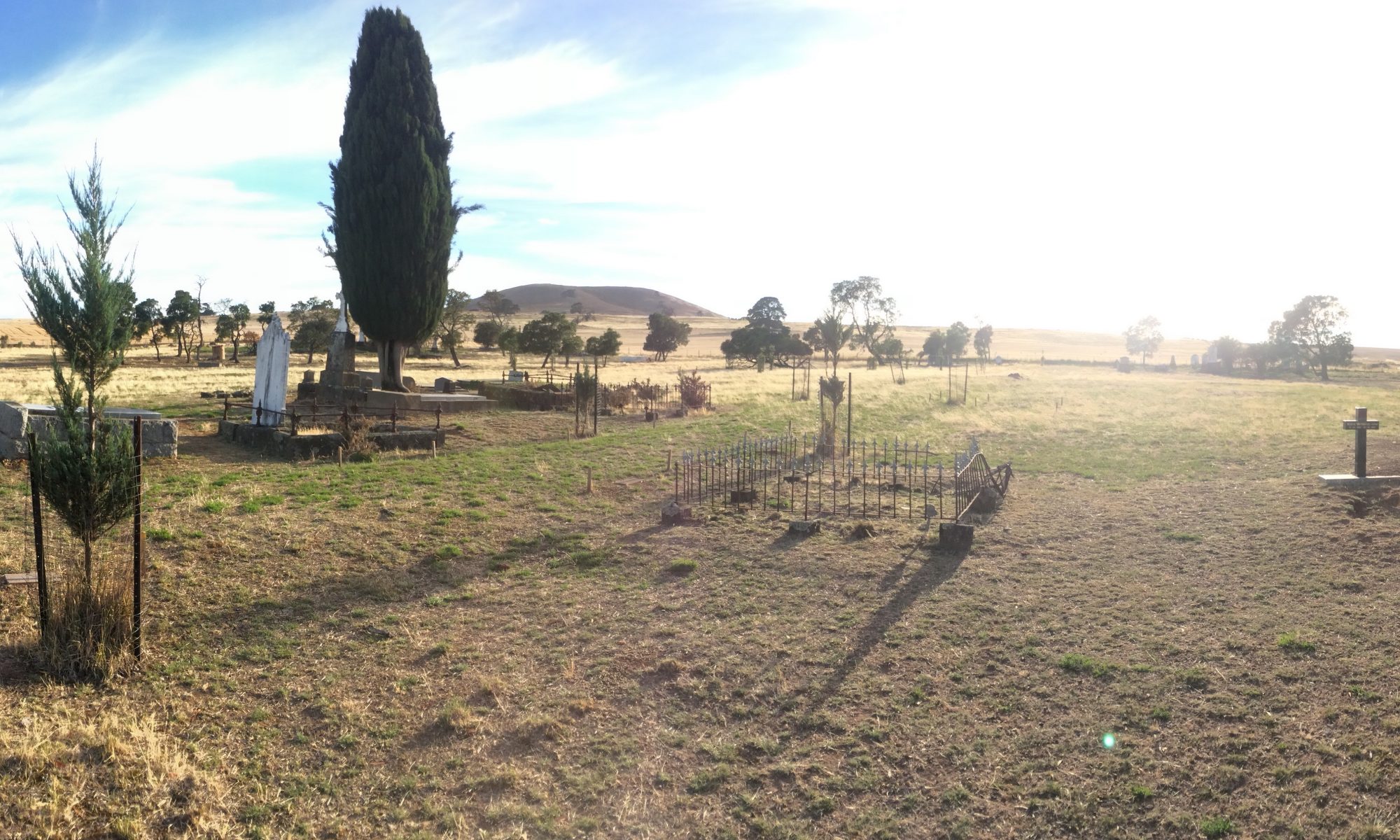This video explains how to process IDS Opera Duo/Leica DS2000 ground-penetrating radar data in GPR-SLICE. The video is split into two sections:
- The first section explains how to process data that has GPS or total station navigation data that was collected by the GPR during GPR data collection.
- The second section explains how to import coordinates for the beginning and end of each radar survey line. This assumes that you only have two coordinates for each GPR line: those for the start of the line, and those for the end of the line.
IMPORTANT NOTE ABOUT IDS HD CONVERTER SOFTWARE:
The above video is somewhat old; the IDS HD Converter software is no longer available at the location shown in the video. Instead, you can download it from here.
After watching this video, we highly recommend you proceed to the introduction to GPR-SLICE video to learn how to actually perform filters on your GPR data.
To purchase GPR-SLICE software, please see here.
A full list of all GPR-SLICE training videos is available here.


